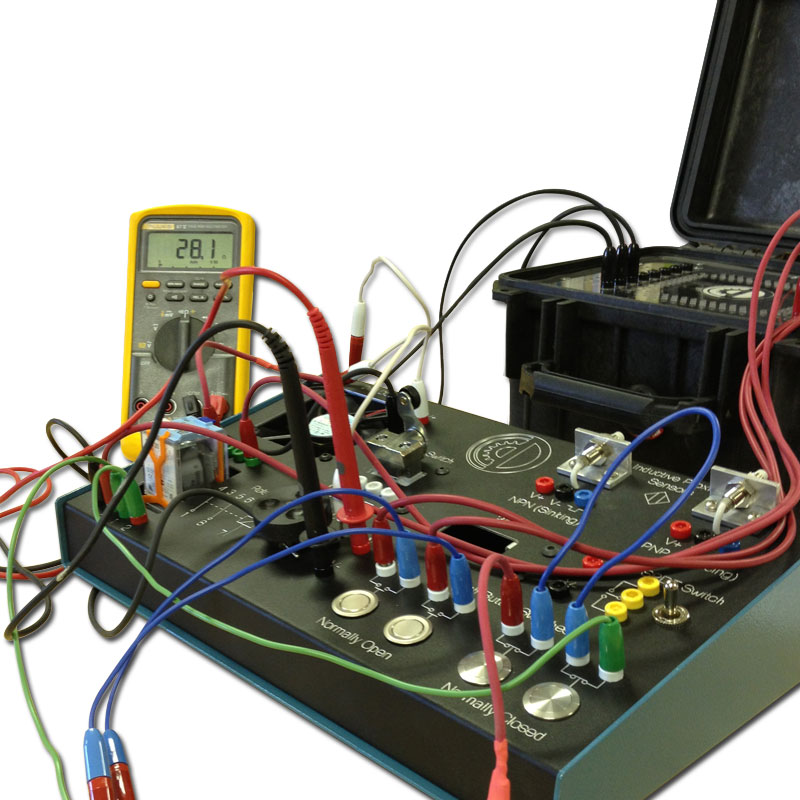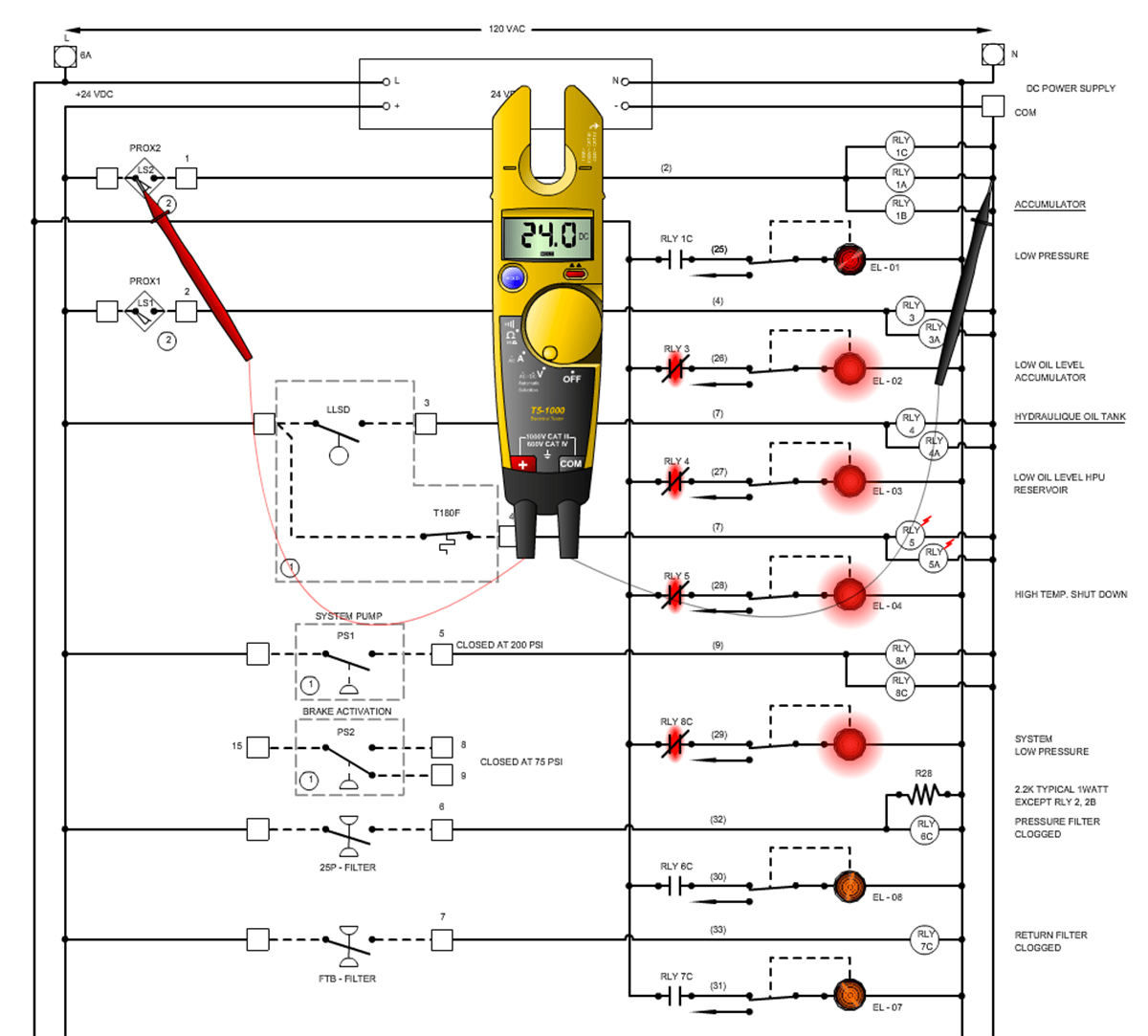Dedicated technical support for electrical industry innovations.
Dedicated technical support for electrical industry innovations.
Blog Article
Leading Tips for Effective Electrical System Troubleshooting
Fixing electrical systems needs a methodical technique, grounded in a comprehensive understanding of electric concepts and security protocols. By acquainting oneself with circuit components, making use of necessary tools, and sticking to a structured examination method, experts can properly identify and fix concerns. However, the nuances of effective repairing prolong past mere technological knowledge; comprehending how to record findings and prioritize safety and security can considerably affect end results. As we check out these critical components further, it becomes clear that mastering this procedure is not simply beneficial but crucial for success in the field.
Understand the Essentials
Recognizing the essentials of electric systems is crucial for efficient troubleshooting, as a strong structure enables professionals to detect and settle concerns extra efficiently. A comprehensive grasp of electric concepts, such as voltage, present, resistance, and power, is vital in determining the origin of problems. Voltage is the electric possible difference that drives current via a circuit, while resistance opposes the circulation of present, affecting the total capability of the system.
Knowledge with circuit parts, including resistors, capacitors, diodes, and switches, is likewise critical. Each part plays a distinct function in circuit habits and can affect efficiency when malfunctioning. Additionally, comprehending series and parallel circuit arrangements is crucial, as these setups influence the circulation of voltage and existing within the system.
Professionals must be aware of prospective threats, such as shock and brief circuits, to apply safe troubleshooting practices. By grasping these foundational concepts, specialists enhance their ability to perform reliable diagnostics and fixings, inevitably leading to improved performance and dependability of electric systems (electrical system troubleshooting).
Gather Necessary Equipment
Efficient troubleshooting of electric systems needs the ideal set of devices to diagnose and solve problems precisely. A well-appointed technician can dramatically enhance efficiency and performance in determining troubles. Crucial devices consist of a multimeter, which gauges voltage, current, and resistance, enabling specific analyses of electric components. Secure meters are likewise useful for gauging present without separating the circuit, making sure security and ease.
Additionally, shielded hand tools such as screwdrivers, pliers, and wire pole dancers are essential for securely adjusting electrical links. It is also recommended to have a circuit tester handy to confirm the presence of voltage in electrical outlets and cables. For even more complicated systems, a thermal imaging camera can aid identify overheating elements, showing prospective failings.

Adhere To a Methodical Technique
Having gathered the proper devices, the following action in troubleshooting electric systems is to comply with a systematic strategy. A systematic strategy guarantees that service technicians can recognize mistakes efficiently and precisely, lessening downtime and stopping unnecessary repair work.
Begin by examining the system's schematic representations and specifications. This involves checking each part methodically, starting from the power original site resource and working in the direction of the lots.
Make use of screening devices, such as multimeters and oscilloscopes, to gather unbiased information regarding voltage, current, and resistance at different points within the system. This empirical proof will lead your troubleshooting initiatives and help to validate or eliminate possible sources of failure.
Furthermore, take into consideration ecological elements that might influence the system's efficiency, such as temperature level variations or dampness ingress. A thorough assessment of wiring, connections, and elements will ensure that all opportunities are accounted for.
Paper Your Searchings For
Detailed paperwork is essential in the troubleshooting process of electrical systems. This method not just help in recognizing the root cause of the issue yet likewise offers as a reference for future troubleshooting efforts.

Furthermore, preserving a log of parts replaced or fixings executed is very useful. This info supports inventory management and can aid analyze the durability and reliability of details elements.
Ultimately, the documents procedure must be extensive yet concise, making it possible for simple access and review - electrical system troubleshooting. By focusing on comprehensive documentation, technicians can develop an important data base that not just help in present troubleshooting but likewise equips future maintenance initiatives, thus boosting overall system reliability

Prioritize Precaution
Acknowledging the inherent dangers linked with electrical systems is important for guaranteeing safety and security throughout troubleshooting. Electrical shock, burns, and devices damage are simply a few of the possible risks that service technicians deal with. Focusing on precaution is not just a legal obligation however also a moral critical that safeguards both the specialist and the surrounding setting.
Before commencing any type of troubleshooting job, professionals should put on proper personal safety tools (PPE), consisting of shielded handwear covers, safety glasses, and flame-resistant clothes. Making certain that the job area is completely dry and without clutter can significantly reduce the danger of mishaps. In addition, it is crucial to de-energize circuits prior to starting any kind of job, confirming that they are not these details live with the use of a multimeter or voltage tester.
Developing clear interaction protocols with employee is also vital; this ensures that everyone is aware of potential hazards and the condition of the electrical system being dealt with. Lastly, having an emergency situation feedback strategy in position can show indispensable in case of an incident. By focusing on safety and security procedures, service technicians can efficiently mitigate risks and cultivate a much safer workplace.
Conclusion
Reliable electrical system fixing counts on a comprehensive understanding of essential principles and a systematic strategy. Prioritizing security procedures ensures the well-being of individuals entailed and the honesty of the electrical system.
Report this page